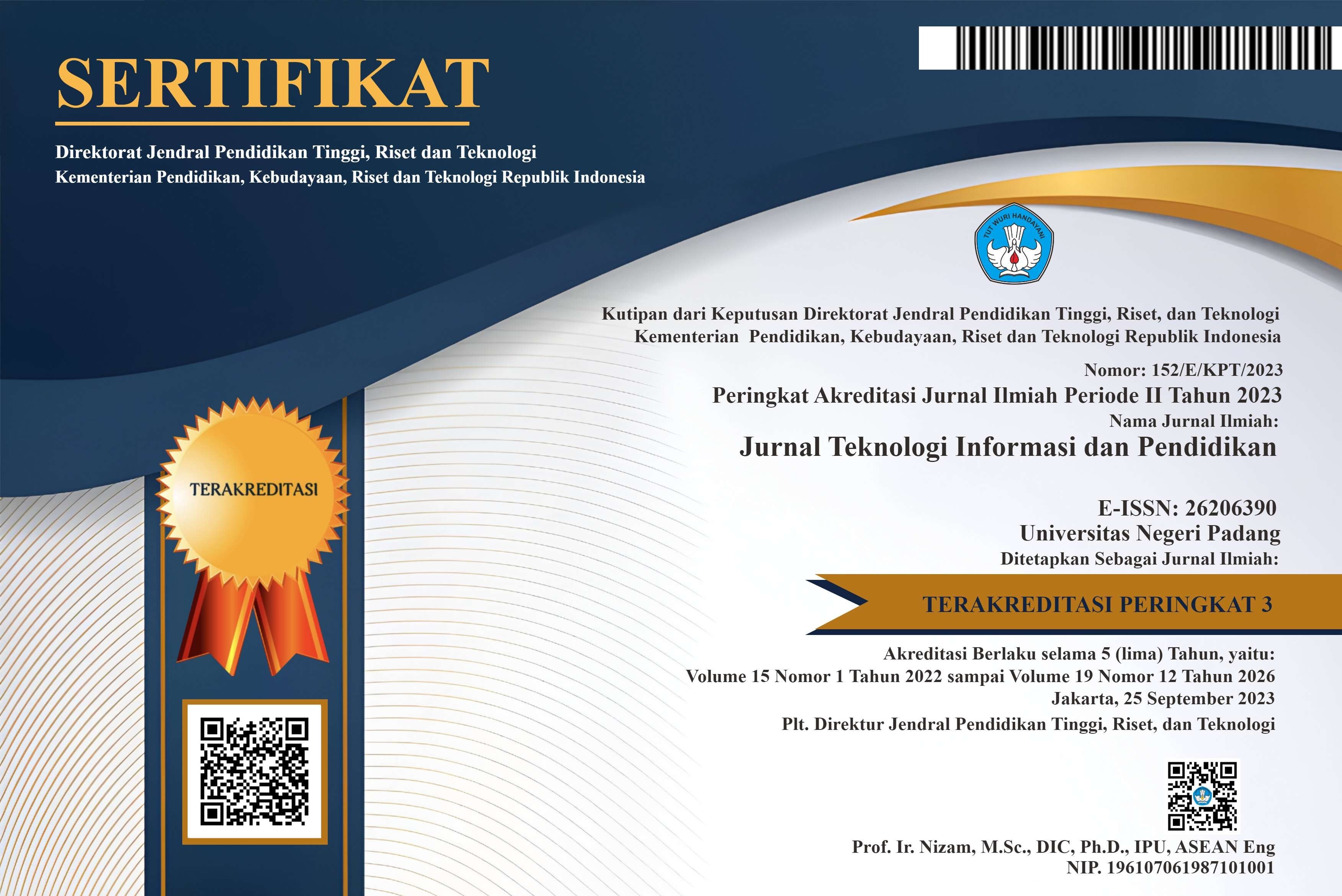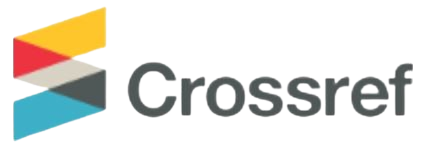The Influence of Leadership Management on Entrepreneurial Innovation in Computer Network Projects
DOI:
https://doi.org/10.24036/jtip.v17i2.873Keywords:
Inovasi; Jaringan; Kepemimpinan; Kewirausahaan ; Manajemen; Proyek.Abstract
In today's digital era, computer network projects are crucial for companies as they provide the infrastructure for communication, data exchange, and sharing. Effective project management, which requires strong leadership, is essential for success. Leadership management plays a key role in influencing the outcomes of computer networking projects by fostering creativity and entrepreneurship. Innovative leadership encourages risk-taking, creativity, and experimentation, which are vital for developing new products, services, or processes. Entrepreneurship promotes proactivity, flexibility, and responsiveness to changing market conditions. This study explores the relationship between leadership and innovation, highlighting that leadership style, behavior, and abilities are critical in driving innovation and entrepreneurship. However, the specific challenges and opportunities in computer networking projects necessitate further research. This research aims to fill the gap by investigating how management leadership influences innovation and entrepreneurship in computer networking projects and identifying the key leadership competencies required. Using a quantitative approach and correlational research design, the study finds a significant positive relationship between transformational leadership and entrepreneurial innovation (path coefficient 0.75, p < 0.01), and between transactional leadership and entrepreneurial innovation (path coefficient 0.42, p < 0.05). However, no significant relationship is found between field leadership and entrepreneurial innovation. The findings suggest that both transactional and transformational leadership contribute to groundbreaking innovation in computer networking projects. Therefore, project leaders should enhance their leadership skills to achieve higher levels of innovation in these projects.















.png)














